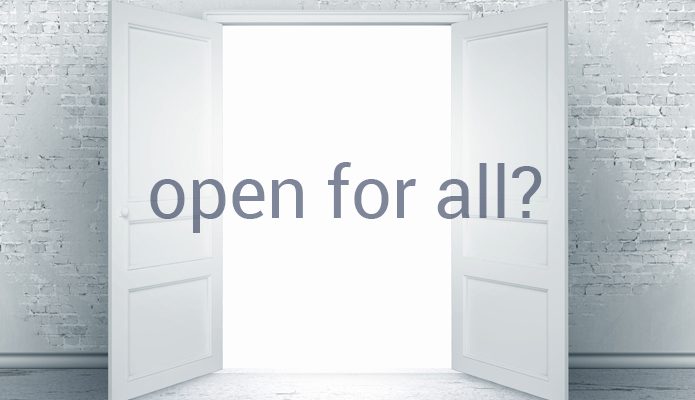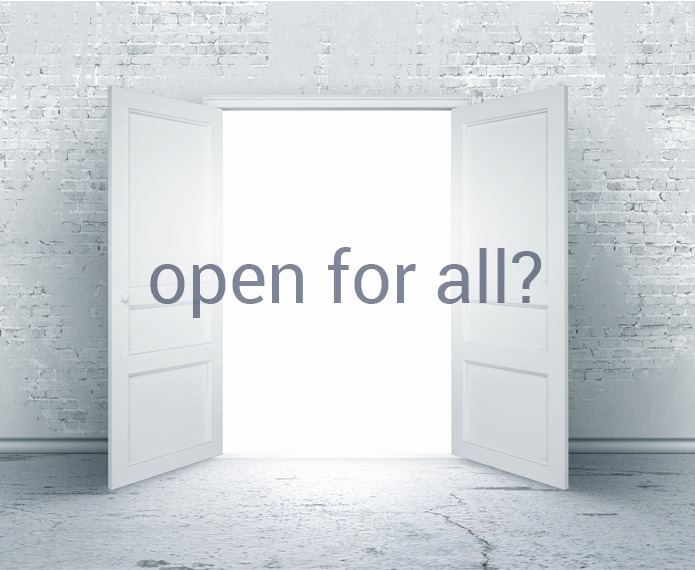The thinking of Comrade F. Dobler from the early 20th century remains relevant and even prescient: those who need open access to information may be those who are fundamentally excluded from public libraries.

Horses and Water: the Learning Organization
It has often been said that you can take a horse to water, but you cannot make it drink. Conventional management thinking suggests that if you include stakeholders in the decision making process and, better still, give them some direct control of that process, they are less likely to fear change and be more open to new ways of working.
Experience suggests that it is not quite as easy as that.
There are a number of barriers to creating the empowered workforce and, like most cultural change processes, this may be a never-ending road rather than a short journey.
Organizational Culture
Understanding the organization’s history and culture is the essential starting point. If a library has not seen much change in the past, it will not be so open to change in the present and future. The scale of the change is another important factor – the bigger the change, the bigger the resistance it is likely to create. If the change is merely superficial (what I call ‘moving the deckchairs around on the Titanic’) then there will not be much opposition to it, other than from the all-too predictable ‘but we have always done it this way’ caucus.
More fundamental and radical change will engender more entrenched and determined resistance. This is the kind of change which does not only require different ways of working, but alternative ways of thinking and behaving as well. I’m talking about cultural change here, which is by far the most challenging type of change to manage.
Organizational culture is influenced by strategies, systems and structures and so, if some of these elements can be changed, it is possible to also shift the culture.
RFID self check is a good example of systems change, whereby a process which was previously carried out by staff is now managed by the patron. But installing RFID self service alone is not enough to create culture change. There is a danger that staff will remain behind their desks and continue thinking and acting in the old ways. Removing the desks as well is also not sufficient. I worked at a library where the desks were taken out but on the first day of using RFID self check the staff continued to cluster in the space where the old desk used to be, not quite sure what to do with themselves. This suggests that change has to run through the whole process – from strategy, through structures and systems to culture – if it is to be both transformational and sustainable.
Structural Change
Structural change, which impacts people’s jobs and the way they do things, can be particularly contentious, especially within a unionised workplace. If the library is structured into silos and departments it will be less ready to adopt system-wide practices and processes. If staff have been told to do ‘their job’ and ‘know their place’ in the organization, they are not going to be prepared for multi-skilled working groups and holacracy.
If librarians think that they know best, they are not going to be able to identify, prioritize and meet community needs. Structure is at the basis of all these challenges but structural change can take a long time, and may be tied to other processes such as job evaluation and pay equity. The problem with long, drawn-out structural change is that it can be destabilizing to the organization and the individuals involved. Once the details of the required change have been determined it is best to implement them as quickly as possible.
Change, Power, and Empowerment
Actively involving and engaging staff in change can give them feelings of power and control over the process. But nobody can be empowered – everyone has to step into their own power. The leader’s job is to create the environment in which staff can step into that power. Once this environment has been created there can still be several powerful barriers to change.
Some staff may not see the need for change, no matter how much you explain it to them. They may feel so invested in the current system that to change it will, at best, disorientate them and, at worst, make them feel de-valued or worthless. This will make them all the more anxious to hang onto the past. Some staff may want to change but be fearful of how this might be viewed by others, including fellow workers and the union.
So change is complex, contentious, and non-linear.
The CEO can pull a lever or push a button and find that nothing happens. This is because the engine is not connected to the wheels. Or, to continue this analogy, the staff or middle management may have derailed the train through passive or active resistance. On a more nautical note, the CEO may sit high up on the bridge looking out at the oil-tanker that is the library service, and may turn the wheel expecting an immediate change of direction, only to find that there is a significant delay before a discernible shift is detected.
The change manager has a fairly limited toolbox when it comes to building real and sustainable cultural change. Some of the most obvious and text book solutions do not work in real life. People who do not like change are not persuaded with offers of greater power and control over their lives. Command and control doesn’t work either because people just do as they are told for fear of the consequences, rather than believing in and owning the change.
There are no simple answers here, but fundamental and radical change is required if libraries are to move along the spectrum from Traditional, through Community-Led, to Needs-Based.
John Pateman is the CEO / Chief Librarian of the Thunder Bay Public Library. The Open for All? column explores the nature of libraries and their commitment to openness.
